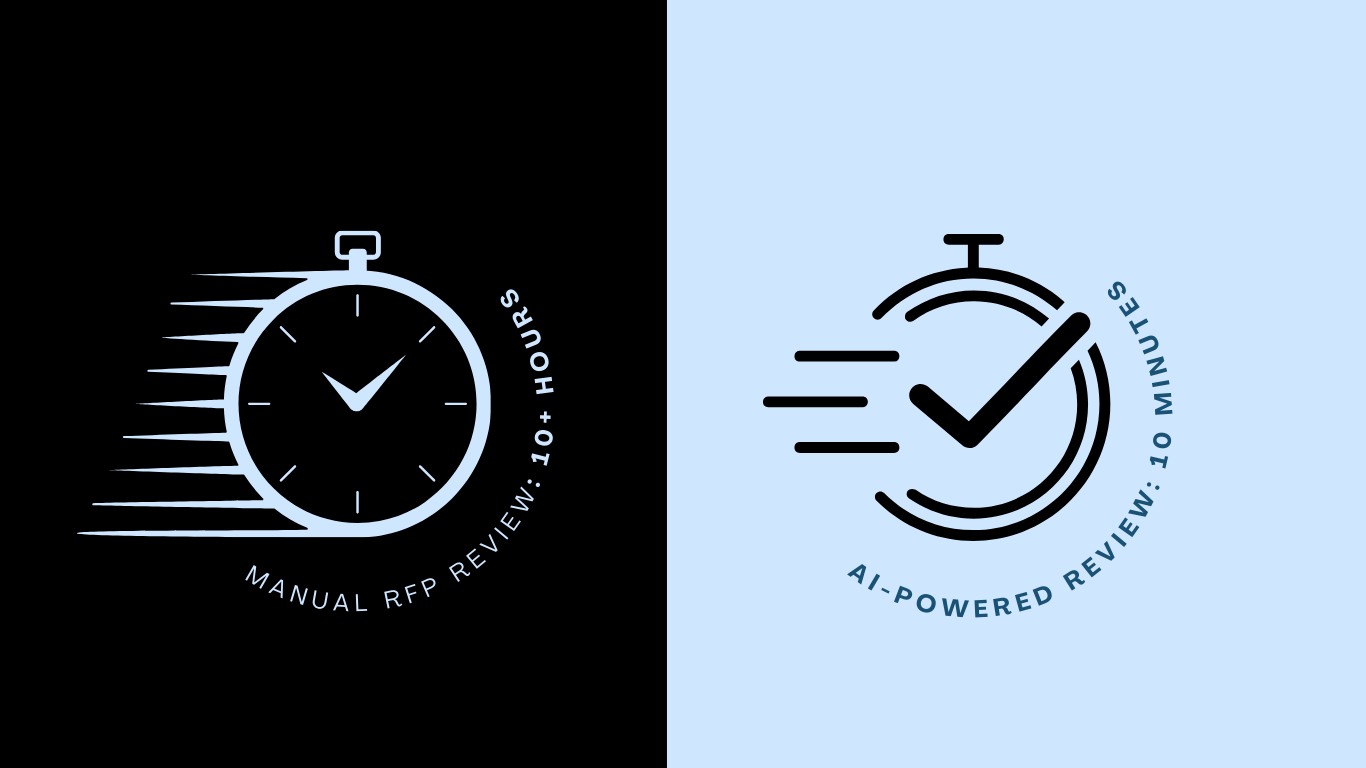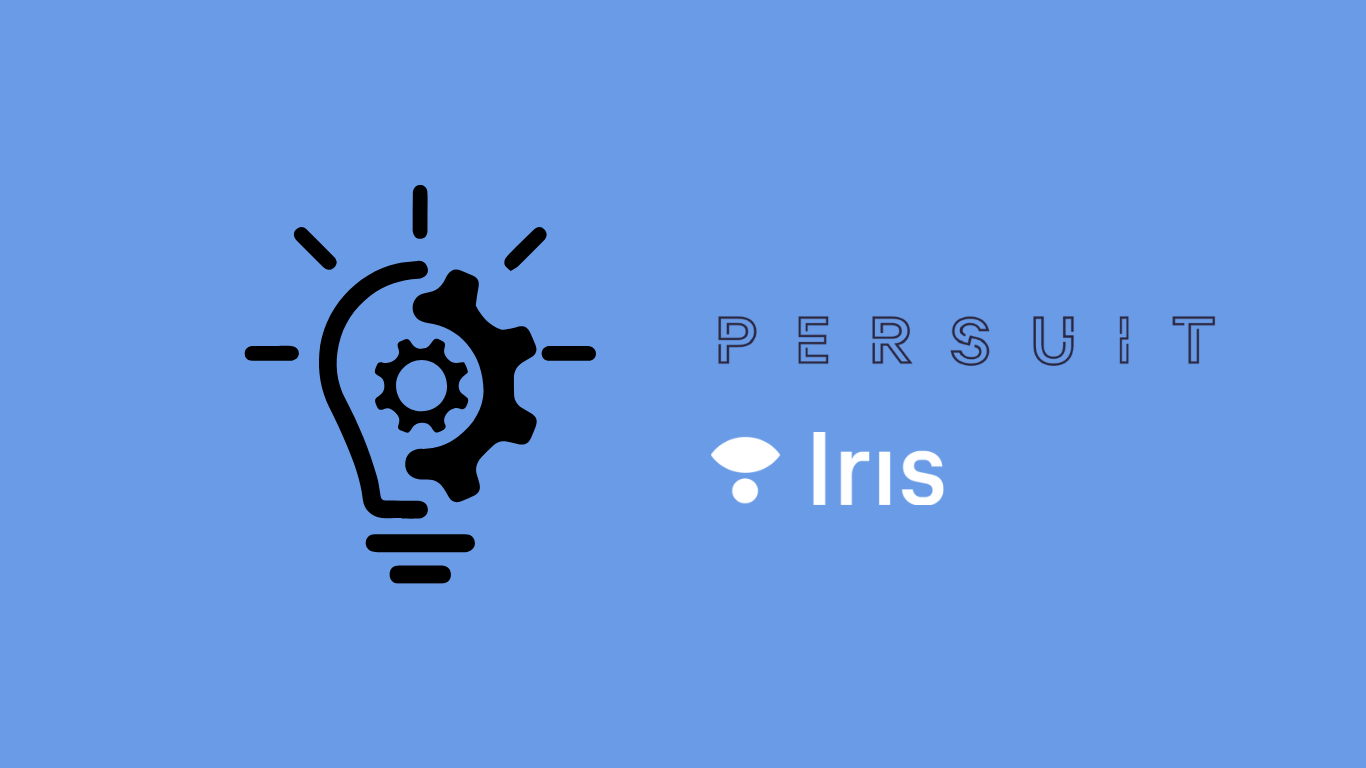AI is revolutionizing technology, bringing new tools to enhance our digital security but also equipping those with harmful intentions. This delicate balance presents a unique challenge, as the same advancements meant to protect us can also be used against us. In this blog, we'll dive into how AI's arrival has transformed the landscape of cyber threats, introducing various challenges in identifying and stopping attacks. We'll also explore the implications of these changes for the future of cybersecurity. This exploration is crucial for understanding the evolving battle between safeguarding our digital domains and the continuous threat posed by online attackers in an AI-enhanced world.
The use of AI and machine learning has transformed how we protect our digital world, making it quicker and smarter at spotting dangers and responding to them. This tech can sift through tons of information fast, catching security threats early and even guessing where the next attack might come from. It helps make security measures more personalized and efficient, ensuring safer online experiences for everyone.
As AI continues to shape cybersecurity, there's a growing focus on "Responsible AI." This concept stresses the importance of using AI ethically, respecting the law, and aiming to benefit society as a whole without causing harm. It's about ensuring that as we develop AI, we're also safeguarding people's rights and promoting fairness. Embracing Responsible AI means building technology that not only defends against cyber threats but does so with integrity and respect for everyone's safety and privacy.
However, along with the benefits, comes the downside. In this context, we see three main ways AI is changing our approach to cybersecurity. Each point introduces its own set of challenges in protecting our digital spaces, leading us to think about what this means for future cybersecurity strategies.
- Quantum computing, which operates on quantum bits to perform complex calculations at incredible speeds, could potentially break the encryption codes we rely on today, urging the creation of new, unbreakable encryption methods.
- 5G networks, offering much faster internet speeds and connections for a multitude of devices, expand the potential for cyberattacks, requiring stronger and more sophisticated security measures.
- Edge computing processes information close to where it's created instead of in far-off data centers, spreading data out over many places. This creates new challenges in protecting it.
Together, these advancements push us to rethink and enhance our cybersecurity strategies to protect against emerging threats in a rapidly evolving digital landscape.
2. AI and Machine Learning in Cybersecurity are transforming how we protect our online world.- AI, or Artificial Intelligence, refers to computer systems designed to mimic human intelligence, performing tasks like recognizing patterns or making decisions.
- Machine Learning, a part of AI, lets computers get better at tasks by learning from data, not from direct programming.
AI and Machine Learning significantly boost our ability to detect and neutralize online threats by swiftly analyzing patterns in data to spot anything unusual. However, these technologies can also lead to complications, such as generating convincing fake news or phishing attempts that can fool even the most cautious. Additionally, they might reflect biases from the data they've been fed, leading to potentially unfair decisions. There's also the concern of safeguarding the privacy of the data being analyzed. To effectively manage these challenges, it's crucial to use AI and Machine Learning with a careful approach that prioritizes fairness, maintains privacy, and adheres to ethical guidelines, ensuring these powerful tools do more good than harm.
3. Cloud Security refers to the measures and technologies designed to protect data and applications that are hosted in the cloud from cybersecurity threats. This type of security is essential as more businesses move their operations online, relying on cloud computing for storage and services. The key focus is on ensuring that sensitive data is accessible only to authorized users, preventing data breaches, and having effective plans in place for responding to any security incidents. Cloud security operates under a shared responsibility model, where both the business using cloud services and the cloud service provider must collaborate closely to ensure data remains secure and available. This collaborative approach is vital for maintaining the trustworthiness and reliability of cloud-based operations.
The future of cybersecurity is about constantly adapting to stay ahead. As technology like AI and 5G evolves, so must our security measures, becoming quicker and smarter to counteract advanced threats. This ongoing battle means both defenders and attackers will leverage cutting-edge tech, pushing cybersecurity to continually innovate to ensure our increasingly connected world remains safe.
Sources
Arrivia. “Impact of AI on Cybersecurity: Benefits, Dangers, and More.” Arrivia, 25 Oct. 2023, www.arrivia.com/insights/impact-of-ai-on-cybersecurity/.
Bigelow, Stephen J. “What Is Edge Computing? Everything You Need to Know.” Data Center, TechTarget, 8 Dec. 2021, www.techtarget.com/searchdatacenter/definition/edge-computing.
Brown, Sara. “Machine Learning, Explained.” MIT Sloan, 21 Apr. 2021, mitsloan.mit.edu/ideas-made-to-matter/machine-learning-explained.
Glover, Ellen, and Brennan Whitfield. “What Is Responsible AI?” BuiltIn, 31 Oct. 2023, builtin.com/artificial-intelligence/what-is-responsible-ai.
Lim, Andy. “An Executive View of Key Cybersecurity Trends and Challenges in 2023.” ISACA, 22 Aug. 2023, www.isaca.org/resources/news-and-trends/industry-news/2023/an-executive-view-of-key-cybersecurity-trends-and-challenges-in-2023.
Monahan, Jennifer. “Artificial Intelligence, Explained.” Carnegie Mellon University’s Heinz College, www.heinz.cmu.edu/media/2023/July/artificial-intelligence-explained. Accessed 16 Feb. 2024.
Netscribes. “Ai in Cybersecurity: Key Challenges and Opportunities up Next.” Netscribes, 6 June 2023, www.netscribes.com/ai-in-cybersecurity/.
Oracle. “What Is Cloud Security?” Oracle, www.oracle.com/security/cloud-security/what-is-cloud-security/. Accessed 16 Feb. 2024.
Tom Wheeler, David Simpson, et al. “Why 5G Requires New Approaches to Cybersecurity.” Brookings, 9 Mar. 2022, www.brookings.edu/articles/why-5g-requires-new-approaches-to-cybersecurity/.
Utilitiesone. “Quantum Computing Contributions to Privacy Preservation in Communication.” Utilities One, Nov. 2023, utilitiesone.com/quantum-computing-contributions-to-privacy-preservation-in-communication.




